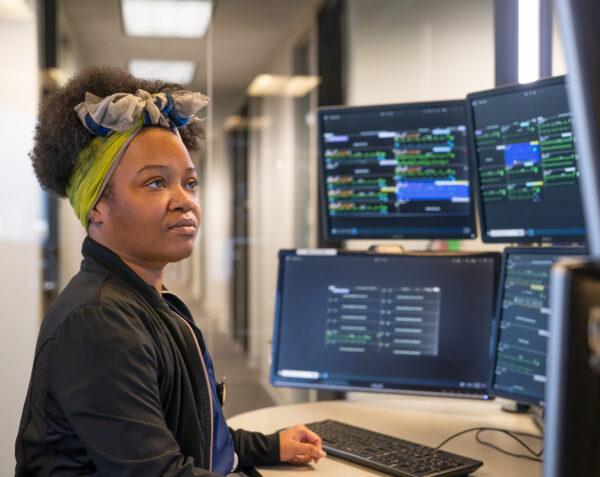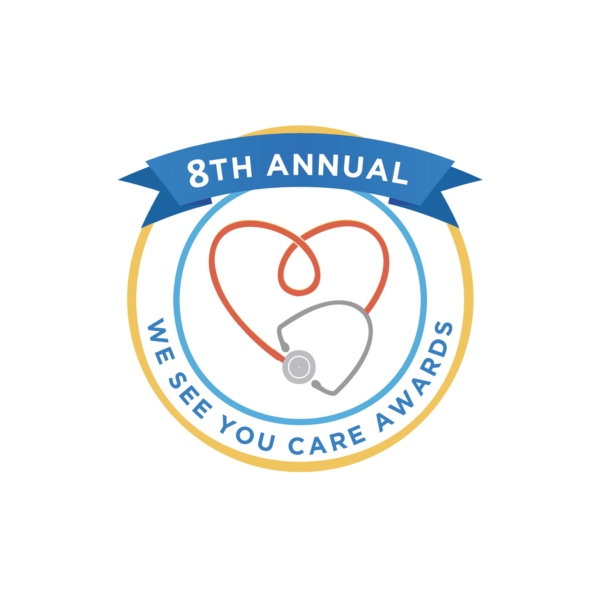In mid-November, I had the opportunity to attend and moderate a panel discussion at the US News and World Report Healthcare of Tomorrow conference in Washington DC. The conference was no starry-eyed look into a distant unimaginable idealized future health care state. Rather, the agenda enabled a gathering of remarkably thoughtful and pragmatic people engaged throughout the healthcare system to share their experiences and expertise on how to improve the ability of the healthcare ecosystem to keep its promises to its multiple stakeholders.
For my part, I was fortunate to moderate a well-attended panel discussion on “Innovations in Patient Centered Care Delivery” – about which I wonder – is there really any other kind of care delivery? Panelists included CEOs representing two health systems and a CEO from a venture backed clinical services firm – a description that also fits the moderator.
The conclusions from both the panel and the conference writ large were heartening. Here are my takeaways:
- There is a remarkable amount of creativity and innovation coursing through the healthcare system today. However, given the often life or death impact of the results, speed is necessarily very low on the list of priorities for purveyors or consumers of innovation. A thorough, methodical approach wins.
- Three distinct flavors of healthcare innovation were discussed: pure “biological” science, “data” science, and the science of applied common sense. No one of these is more or less important than the other.
- Leading innovators are not waiting for government to show the way in healthcare. Nearly every institution is looking at multiple cutting-edge initiatives, although charters and budgets vary widely.
- Successful organizations who will thrive into the future must concurrently combine innovation agendas that include top down projects, bottoms up projects, internally managed projects and projects with outside innovation partners.
- Healthcare innovation is most effective and sustainable in our current ecosystem context if it aspires to more evolution than revolution.
- Healthcare, despite the tremendous amount of consolidation amongst players of all types, remains an intensely local (or perhaps regional) enterprise.
- It is easy to find both successes and failures in the arena of healthcare innovation. Both must combine to drive us forward in the spirit of ensuring that tomorrow is demonstrably better than today.
Conferences can be somewhat strange beasts. There is often a great deal of “happy talk” and chatter about what could and should happen. The half life of many of these types of conference discussions is frighteningly short, with ideas and plans disappearing into the yawing chasm of the day to day.
Not so here. As people shared the specifics of what they were focused on, I came away from the US News & World Report Hospital of Tomorrow conference with a strong sense that there is a tremendous amount of good and probably great work that is ongoing in many, many systems and organizations nationwide; that the work will continue to be conducted with vision and determination by smart people who care; and that healthcare organizations of all sizes and stripes are bound by a sense of unity around common purpose and an uncommon opportunity to make our system better.


